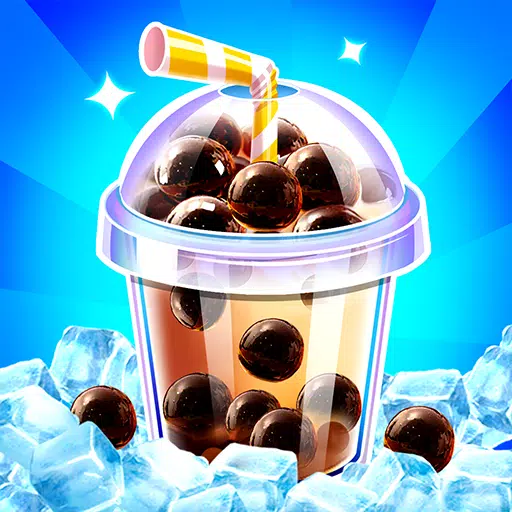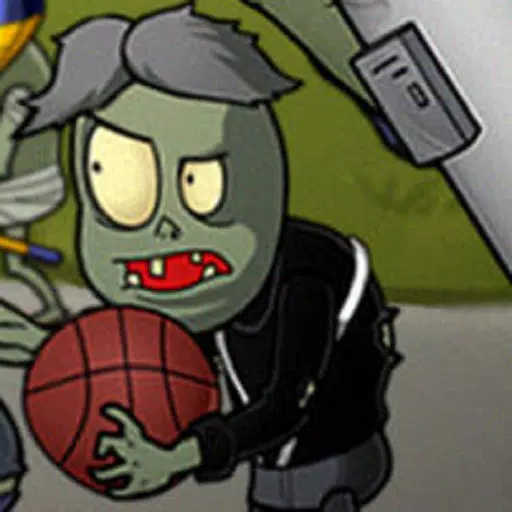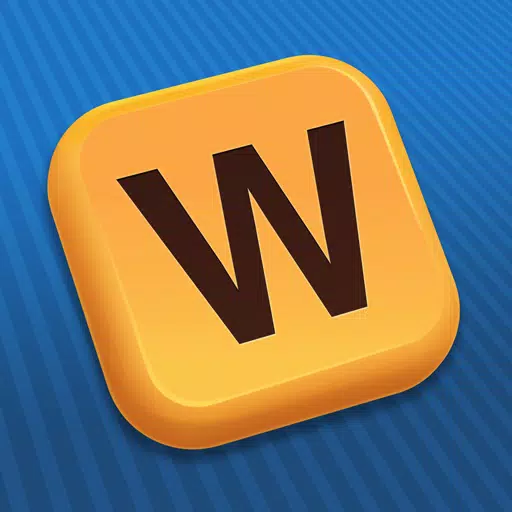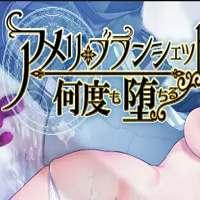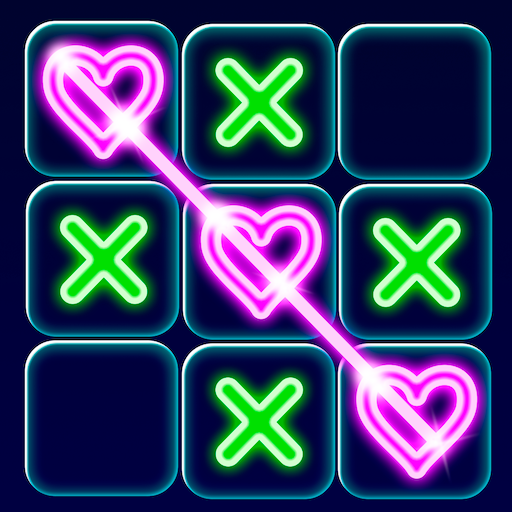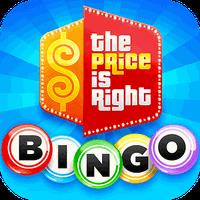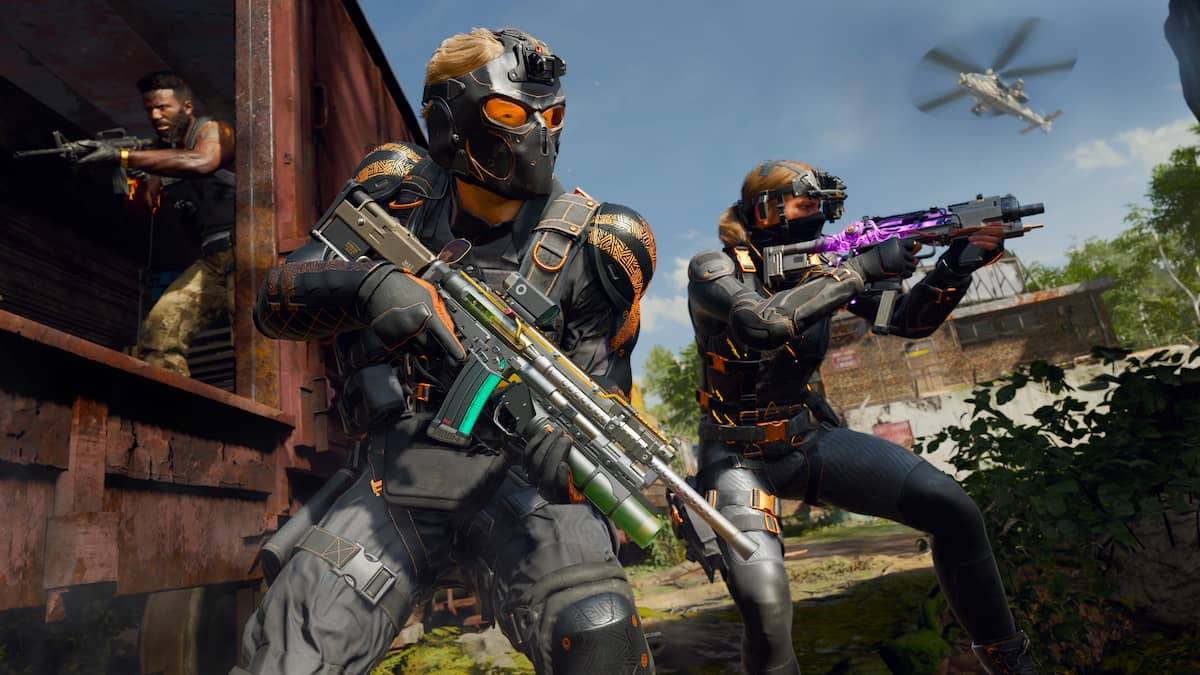The PlayStation Store and Nintendo eShop are experiencing an influx of low-quality games, often described as "slop," raising concerns among users. These games, frequently simulation titles, utilize generative AI for misleading marketing materials and often bear striking resemblance to popular titles, sometimes even directly copying names and themes. This issue, initially more prominent on the eShop, has recently spread to the PlayStation Store, particularly impacting the "Games to Wishlist" section.
The problem isn't simply the presence of "bad" games; it's the sheer volume of remarkably similar, low-effort titles overwhelming legitimate releases. These games often feature poor controls, technical issues, and minimal content, failing to deliver on their advertised promises. A small number of companies appear responsible for this surge, making them difficult to identify and hold accountable due to limited online presence and frequent name changes.
User complaints regarding the deteriorating performance of the Nintendo eShop, attributed to the increasing number of games, have further fueled the outcry for improved storefront regulation. This investigation explores the reasons behind this phenomenon, comparing the experiences of PlayStation, Nintendo, Steam, and Xbox storefronts.
The Certification Process
Interviews with eight game development and publishing professionals (all requesting anonymity) revealed insights into the game release process across the four major platforms. Generally, developers must first gain access to development portals and, for consoles, devkits. This involves submitting game details and undergoing a certification process ("cert") to ensure compliance with platform requirements. These requirements, while publicly available for Steam and Xbox, remain undisclosed by Nintendo and Sony.
The certification process verifies legal compliance and ESRB rating accuracy. Platform holders are particularly strict about age ratings, with any discrepancies leading to significant delays. Contrary to popular belief, certification isn't a quality assurance check; developers are responsible for pre-submission QA. Certification primarily focuses on technical compliance with hardware specifications. Feedback on submission failures is often limited to error codes, with Nintendo cited as particularly opaque in its rejection reasons.
Store Page Review
While all platforms have requirements for accurate game representation in screenshots, enforcement varies. Reviews primarily focus on avoiding conflicting imagery and ensuring correct language. One instance involved Nintendo requesting resubmission due to PC screenshots being used that were impossible to replicate on the Switch. Nintendo and Xbox review store page changes before release, while PlayStation performs a single check near launch, and Valve only reviews initially, allowing subsequent modifications without further review.
While some level of diligence exists to ensure accuracy, standards are loosely defined, allowing misleading representations to slip through. The consequences for inaccurate information are typically limited to content removal, although delisting or developer removal is a potential risk. Crucially, none of the console storefronts have specific rules regarding generative AI use in games or marketing materials, although Steam includes a disclosure request in its content survey.
The "Slop" Phenomenon: Platform Differences
The disparity in "slop" across platforms stems from differences in developer vetting. Microsoft vets on a per-game basis, making it less susceptible to the problem than Nintendo, Sony, and Valve, which vet developers, allowing easier mass-publishing once approved. Xbox's hands-on approach and high standards contribute to its relatively cleaner storefront.
Nintendo's developer-based approval process and focus on technical violations make it particularly vulnerable to exploitation. Strategies like constantly cycling short-term discounts maximize visibility on "New Releases" and "Discounts" pages. Similarly, PlayStation's "Games to Wishlist" sorting by release date exacerbates the issue, surfacing low-quality games with distant release dates.
While generative AI is a factor, it's not the primary cause. The games themselves are still developed by individuals. The issue is compounded by discoverability problems. Xbox's curated store pages mitigate this, while PlayStation's sorting method highlights the problem. Steam's vast library and constant updates minimize the impact of individual low-quality releases. Nintendo's unfiltered "New Releases" section further contributes to the issue.
Addressing the Problem
Users have urged Nintendo and Sony to address the issue, but neither company responded to requests for comment. Developers expressed pessimism regarding improvements, citing Nintendo's history of incremental changes. However, Nintendo's web browser eshop is noted as being significantly better than its console counterpart, offering a potential model for future improvements. Sony's past crackdown on similar issues suggests potential future action.
The effectiveness of stricter platform regulation is debated. A third-party attempt to filter low-quality games resulted in misclassifications and unintended consequences, highlighting the risk of accidentally targeting legitimate games. Concerns exist that overly aggressive filtering could harm quality software. The challenge lies in balancing the need to curb low-quality releases with the avoidance of unfairly penalizing developers. The process is ultimately handled by individuals, making consistent judgment difficult. The goal is to find a balance between allowing less-than-stellar games and actively combating cynical cash grabs.
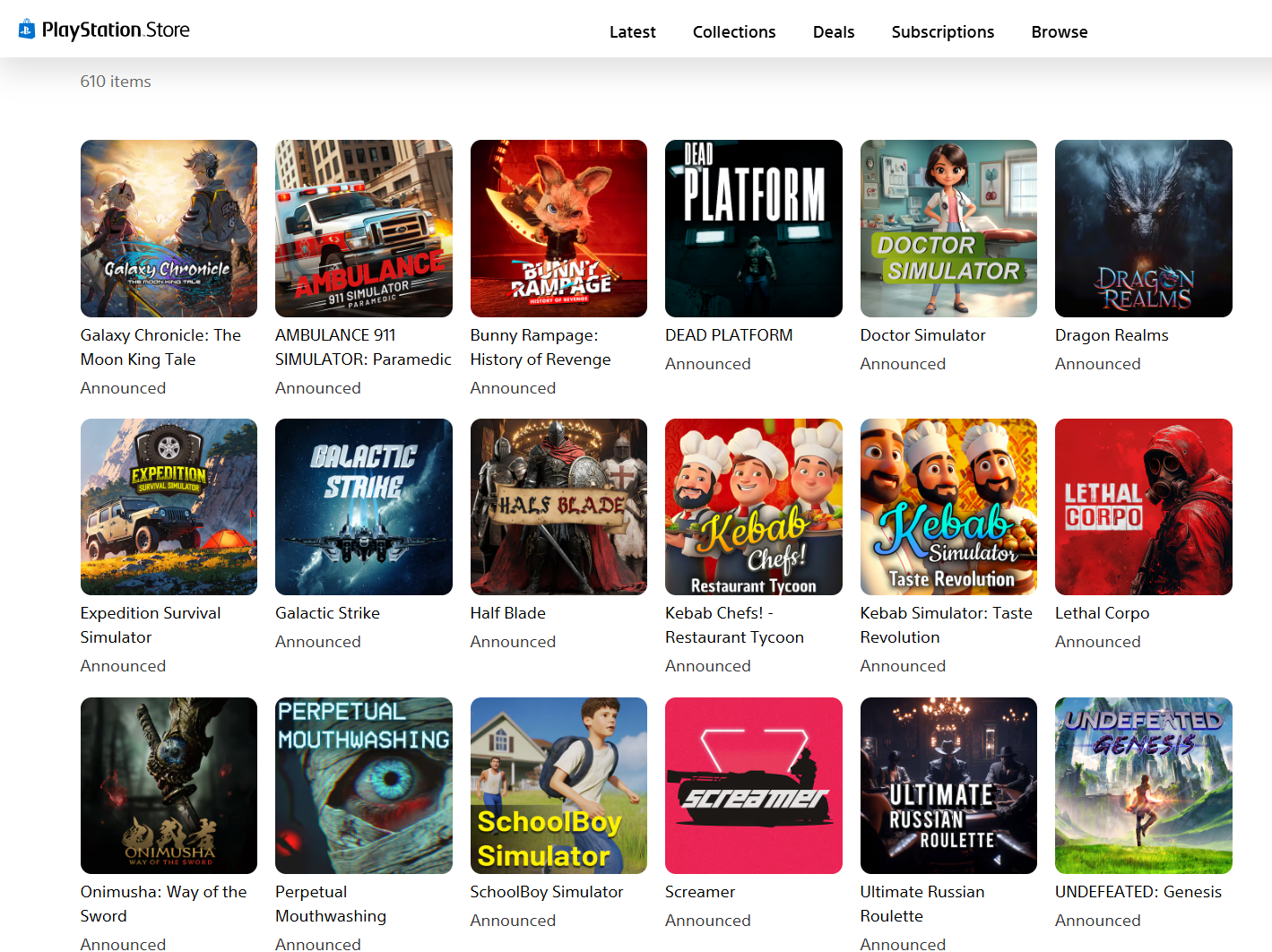
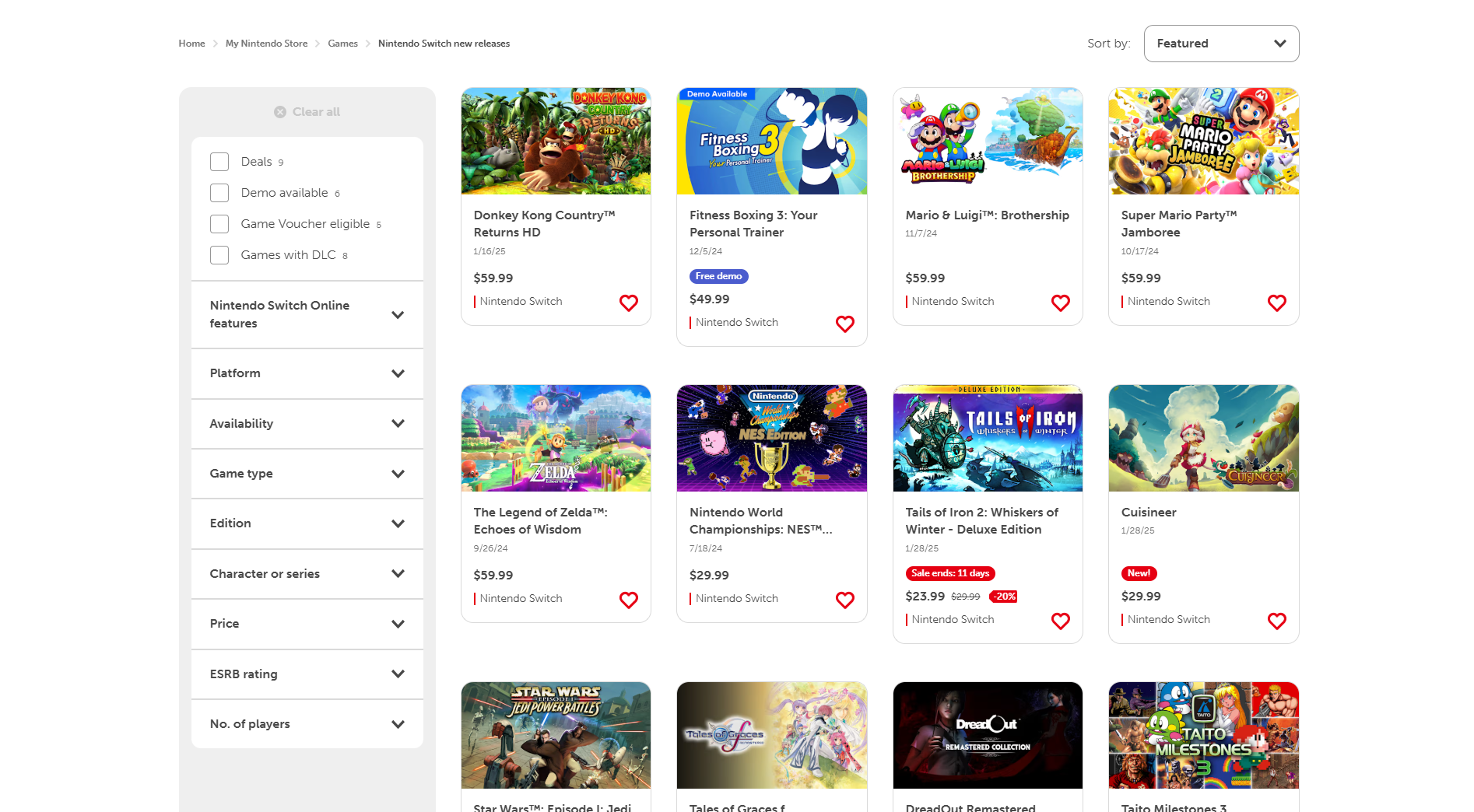
 Home
Home  Navigation
Navigation






 Latest Articles
Latest Articles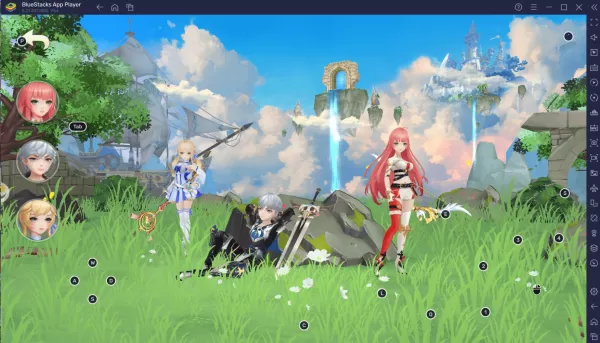
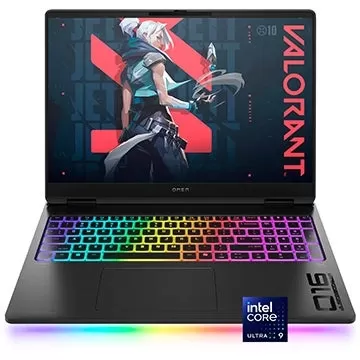
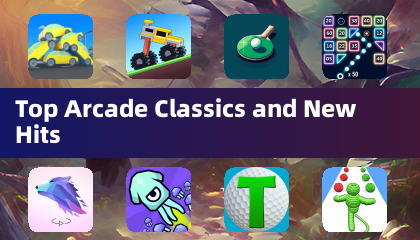
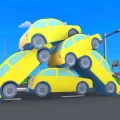
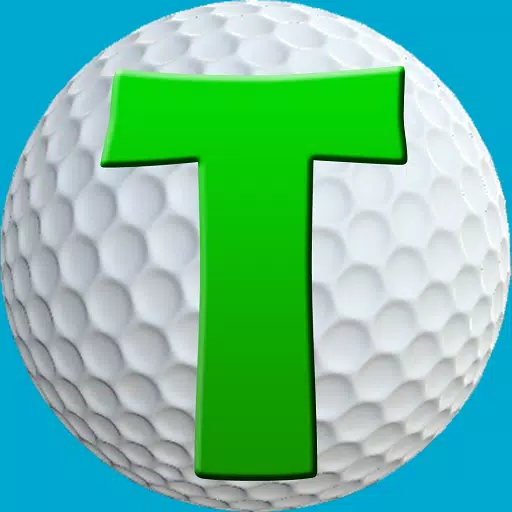

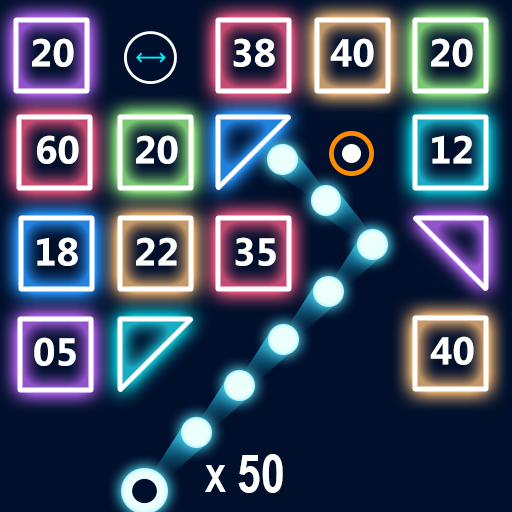
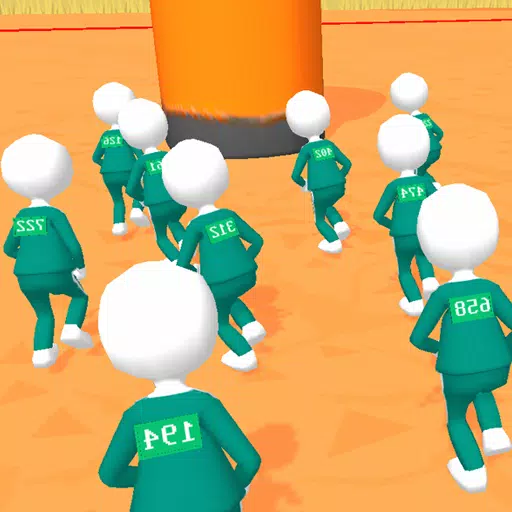
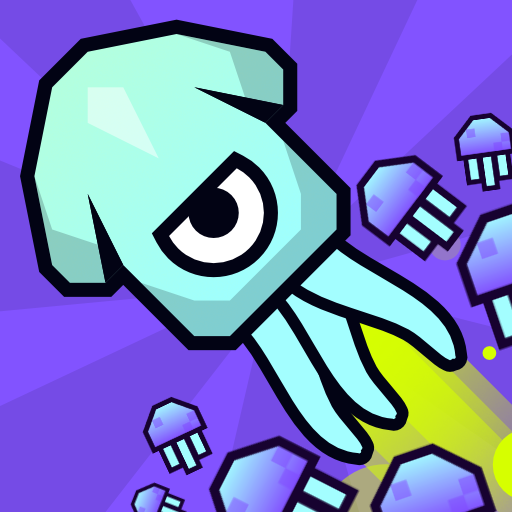

 Latest Games
Latest Games

